This site uses cookies
Read moreMaterials
Partners
Portugal
iron, painting, audiovisual material, chamfering, copper, welding machine
Sonoscopia
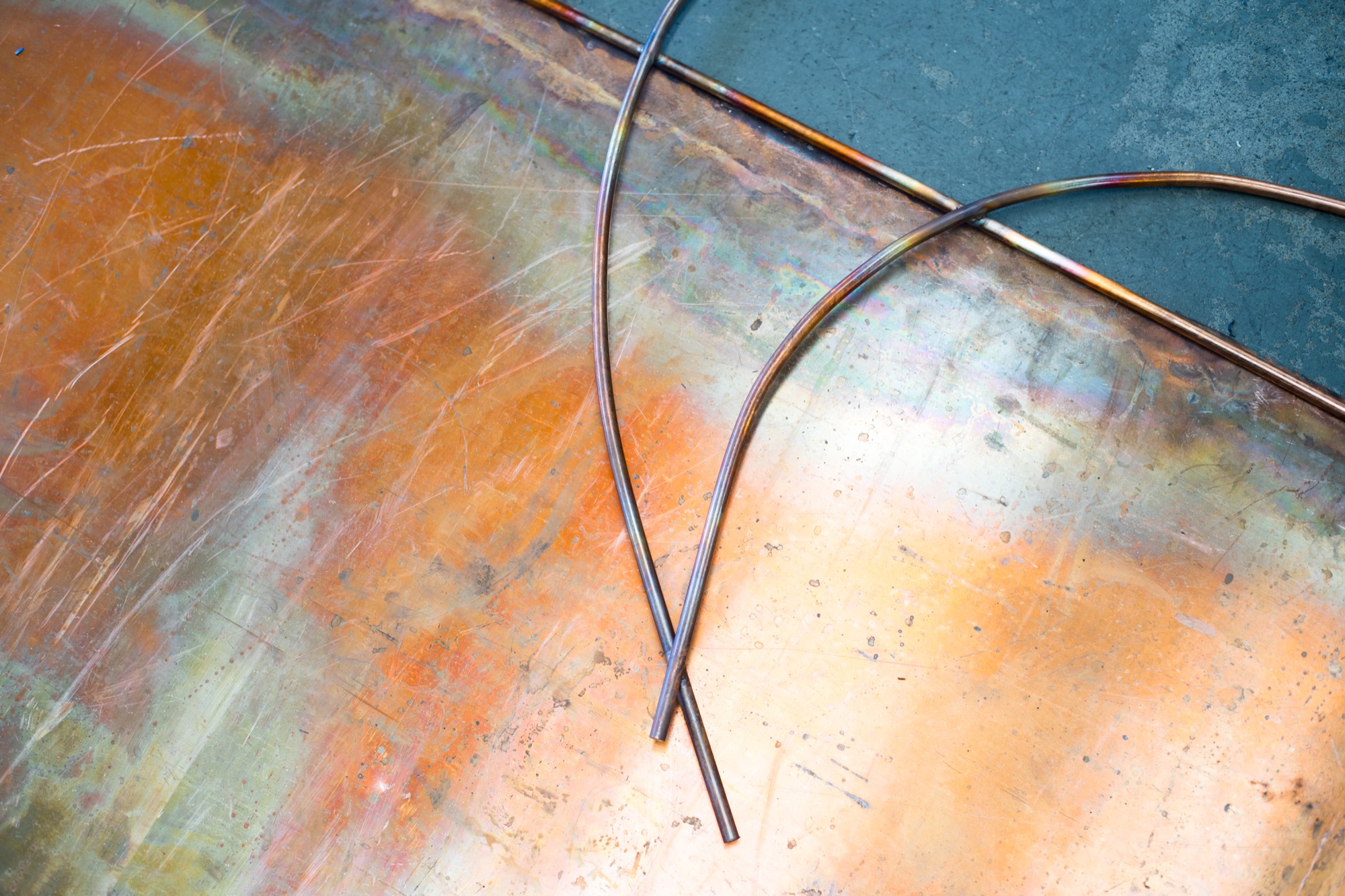
Andreia Santana (1991, Lisbon) is a visual artist who lives and works between Lisbon and New York. Since 2013, she has participated in various artistic residency programs, including Residency Unlimited in New York with a grant from the Calouste Gulbenkian Foundation, Panal 360 in Buenos Aires, Mieszkanie Gepperta Residency Gallery in Warsaw, Poland, and Gasworks – Triangle Network at Hangar in Lisbon.
Andreia Santana's artistic research observes and appropriates specific archaeological techniques in order to analyze the contemporary production of material culture. In doing so, she focuses her work on the ability of objects to witness time and on themes such as labor, power structures, and cultural interests contributing to grand narratives. She works with various media, including sculpture, photography, video, and installation. Perhaps it is this multitude of mediums that invokes a certain nostalgic poetry in her work.
This residence took place in partnership with Sonoscopia and culminated with an exhibition at the ArtWorks gallery in Lisbon.
An artistic residence in a factory, even in a specialized context - the No Entulho residency program, created for artists to develop works and projects with the materials, resources, and infrastructures of Artworks, immediately brought to mind the idea of interval as an inherent quality in the work carried out there.
(...)
I observe Andreia Santana's sculptures as part of the result of an interval that forms in the interference of an artist's work in a factory context and vice versa, bringing to a tangible level the disparate values that oppose the idea of production to the idea of aesthetic or artistic experience.
Santana's sculptures, created as if drawing without a specific purpose, do not have functionality in the context of a production line. They have an inherent operability in art, conceived as silences and pauses that serve, beyond their autonomy as sculptures, as platforms for the interpretation and development of a musical performance. The drawings and sculptures that result from them can be affiliated with Cornelius Cardew, the great master of the visual transformation of musical scores, who led musical production to new paradigms considered "absurd," "non-musical," or "obtuse," quickly expanding the possibilities of experimental music in the 1970s.
Full text here, by Hugo Canoilas, referring to "Rumble Strip," the title of the project created during the residency by visual artist Andreia Santana and composer, sound artist, and creative coder Tiago Ângelo.

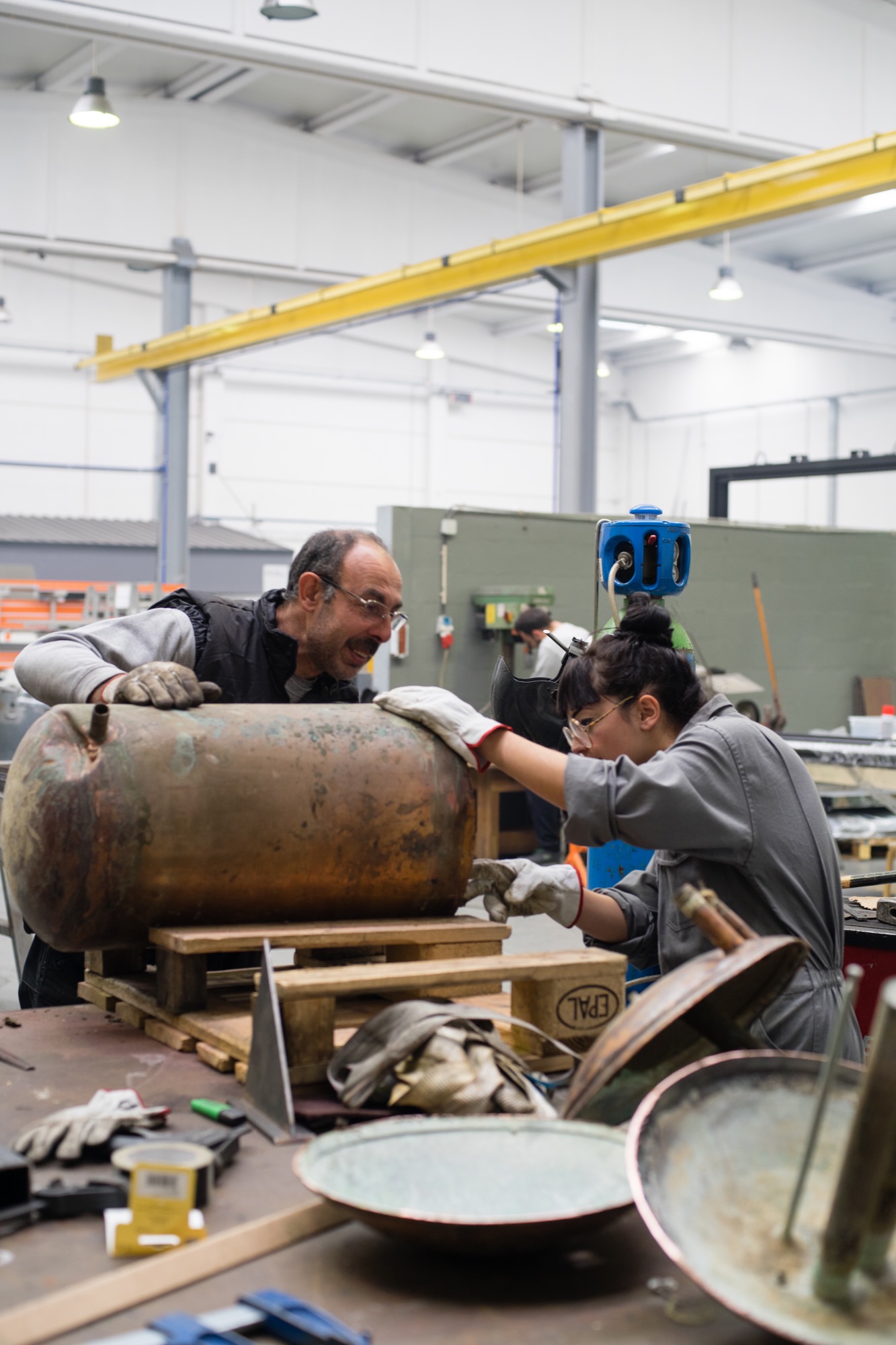
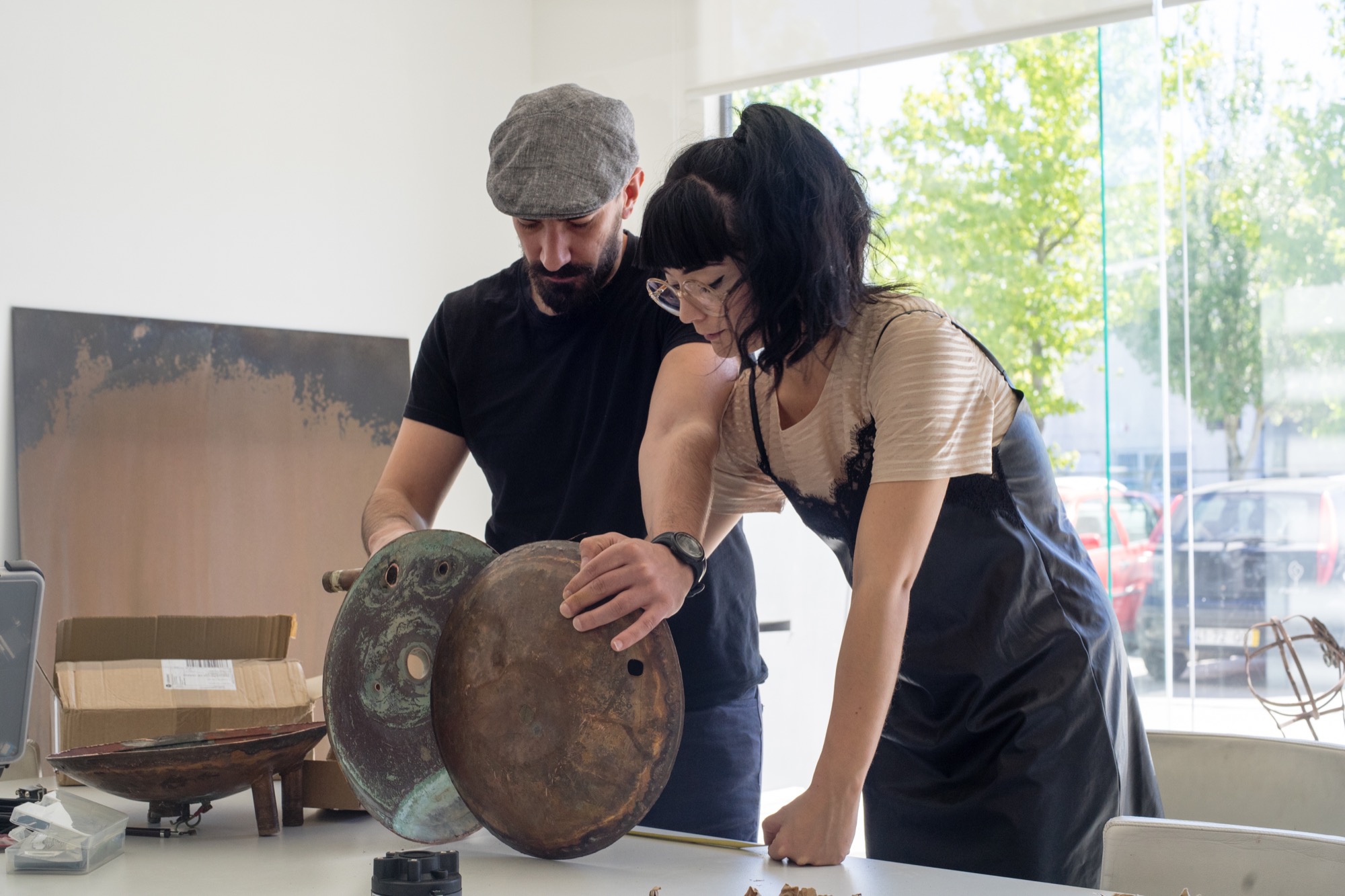


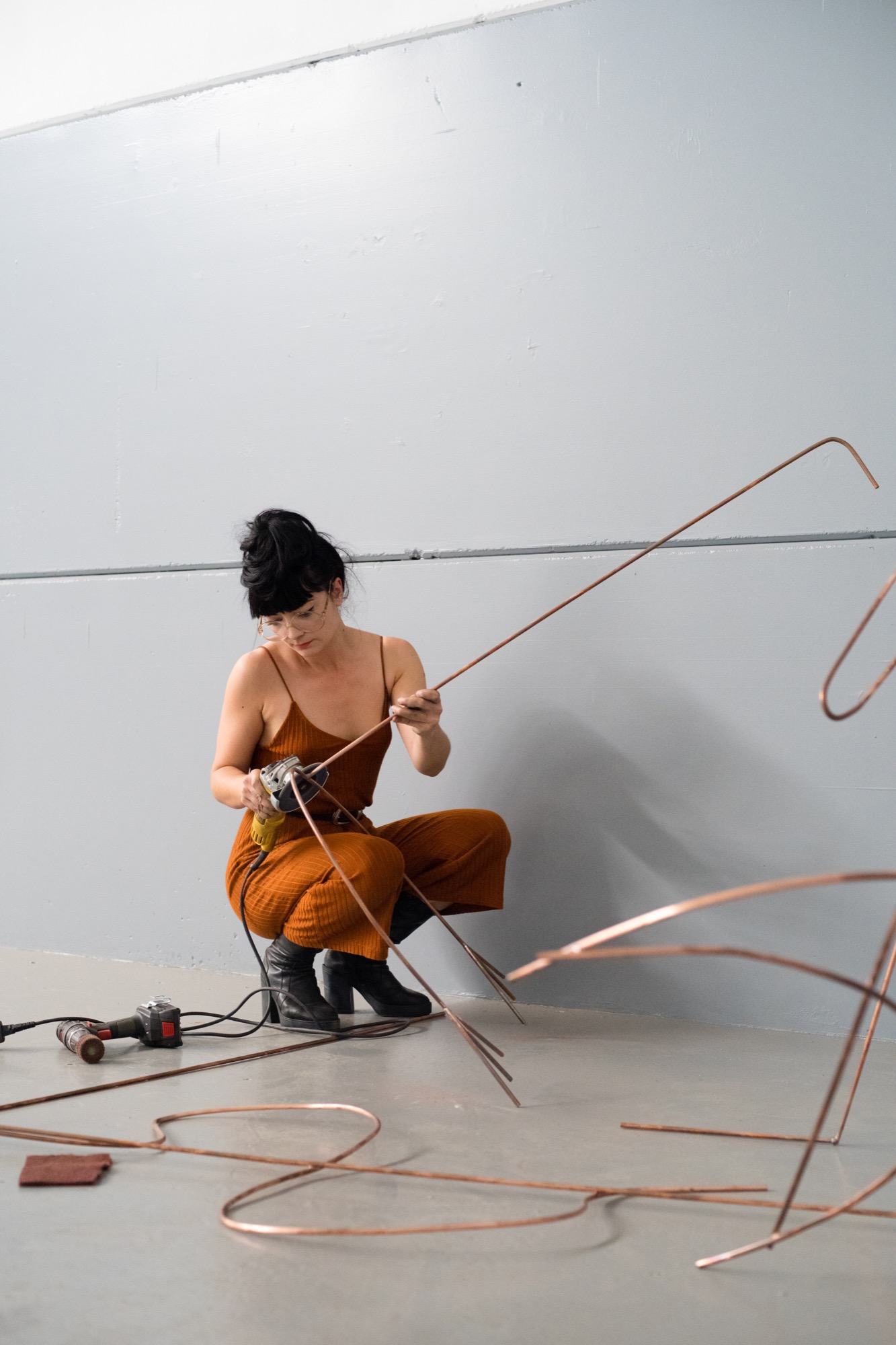
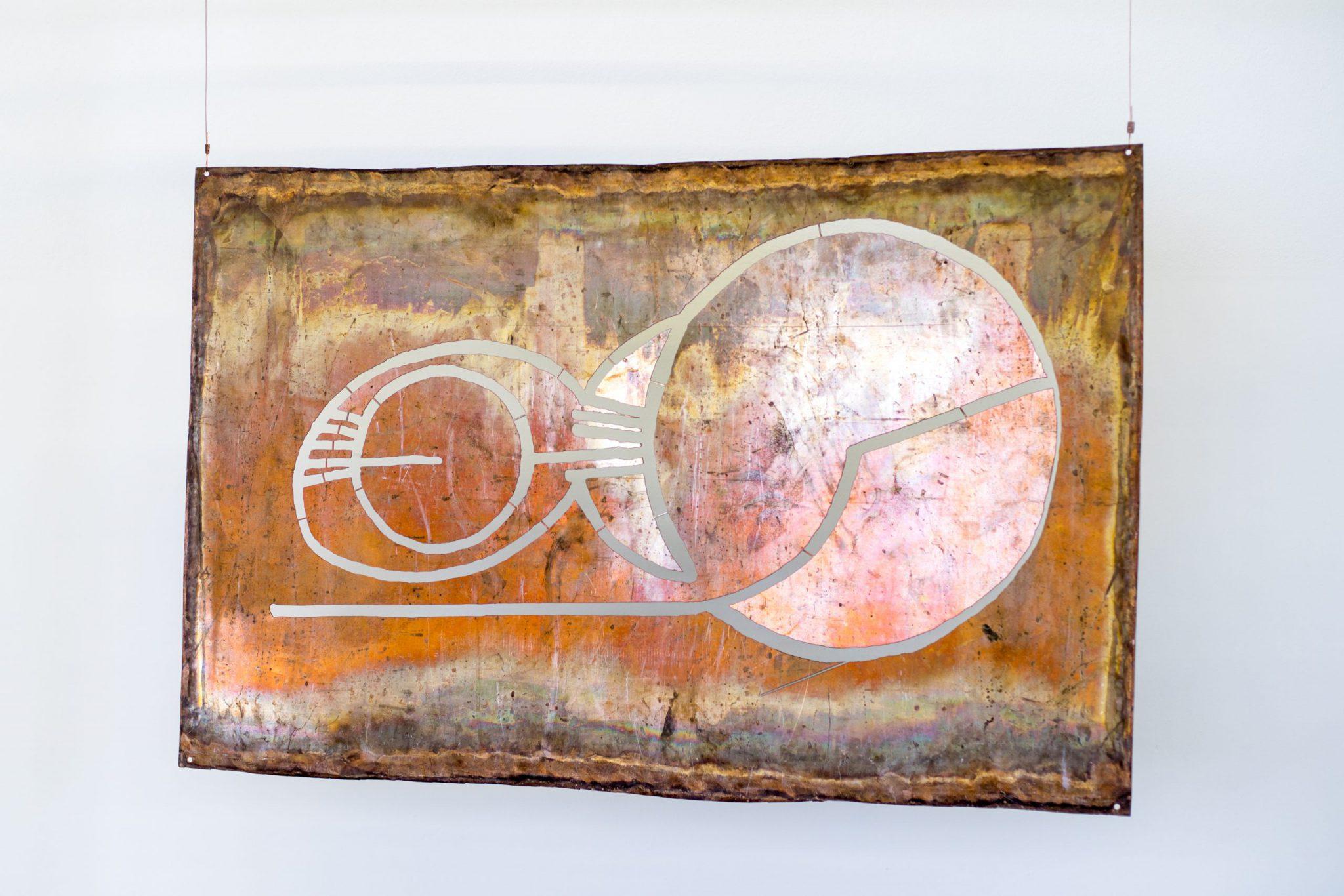

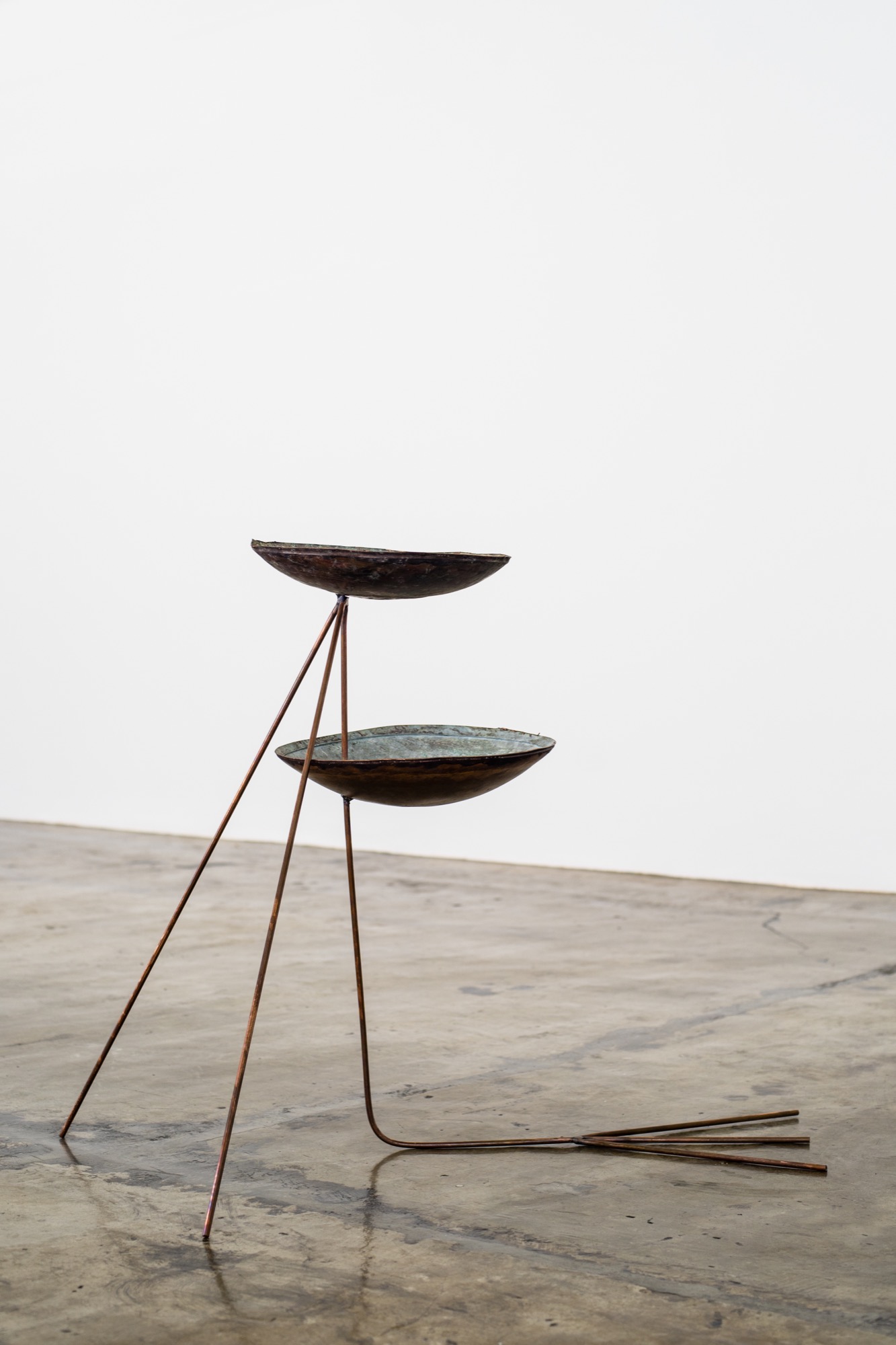
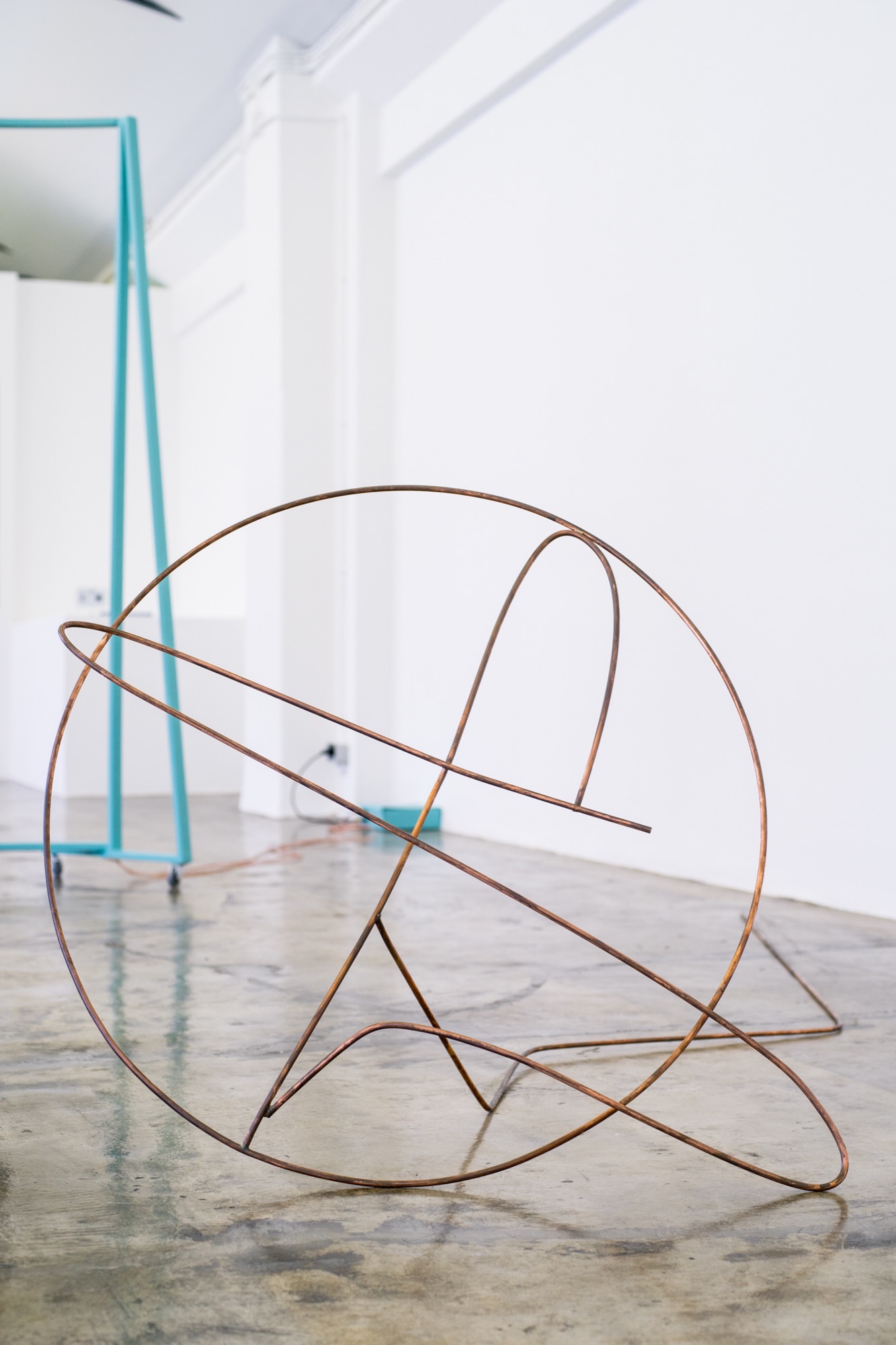
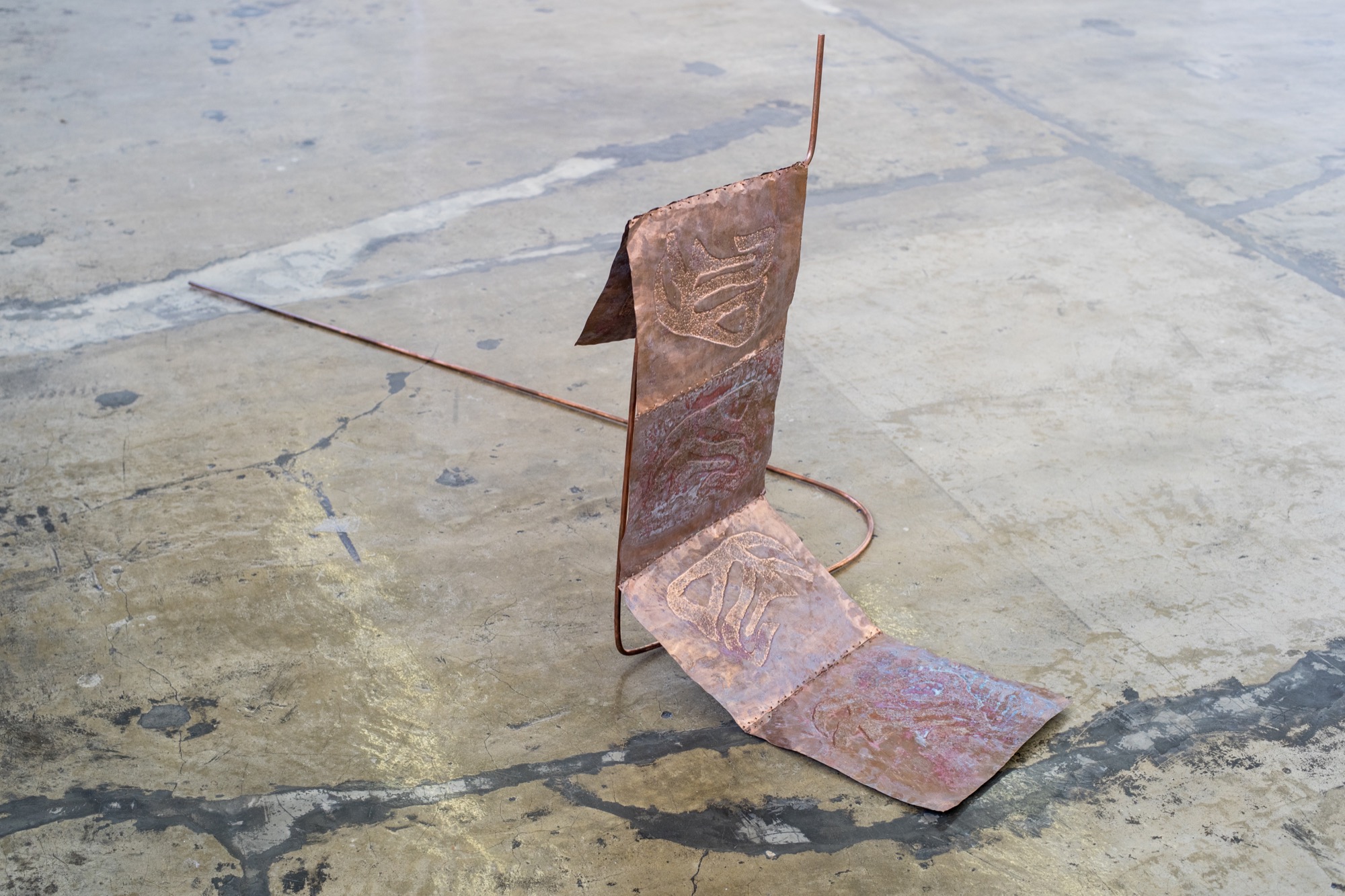
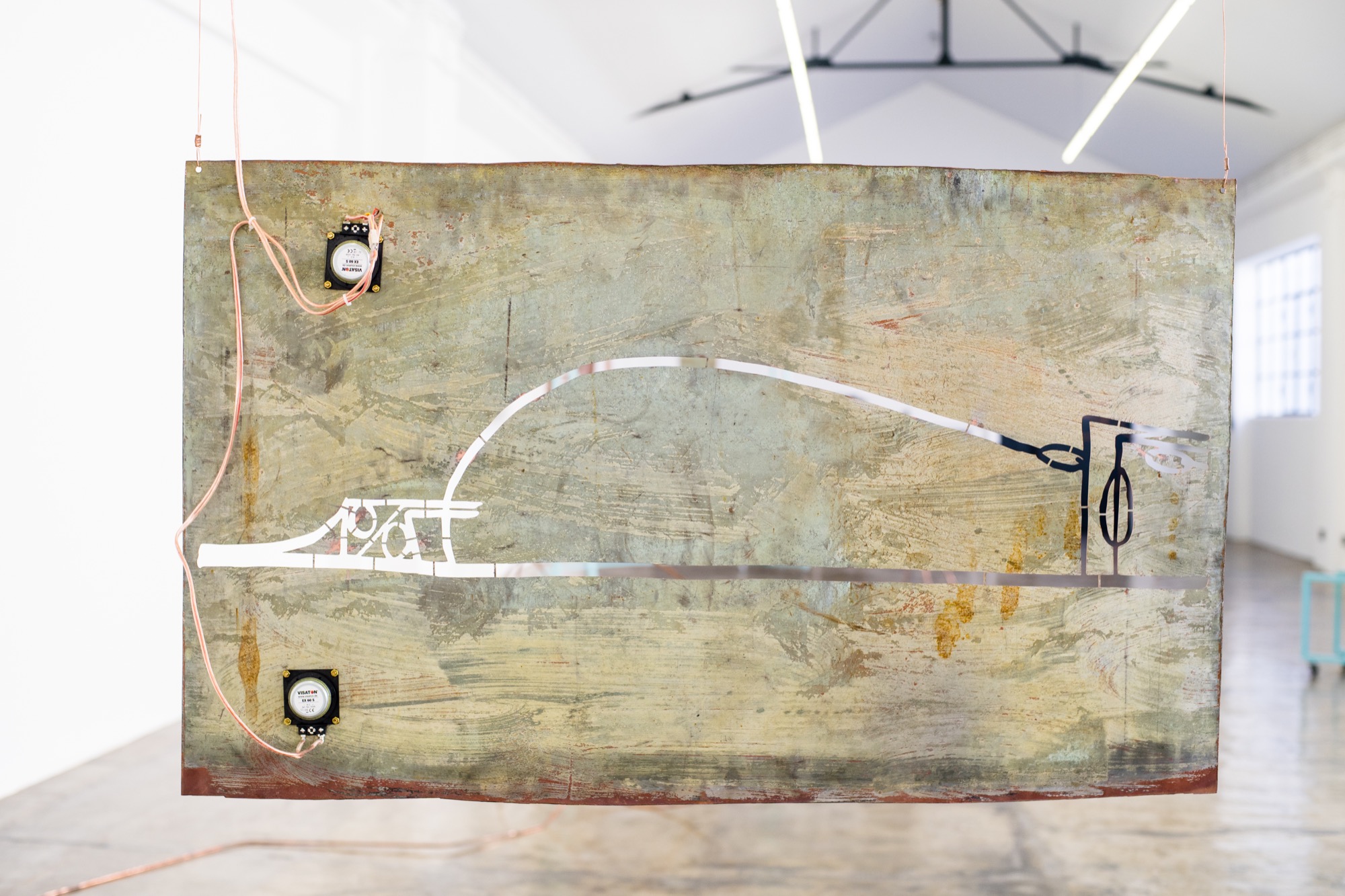
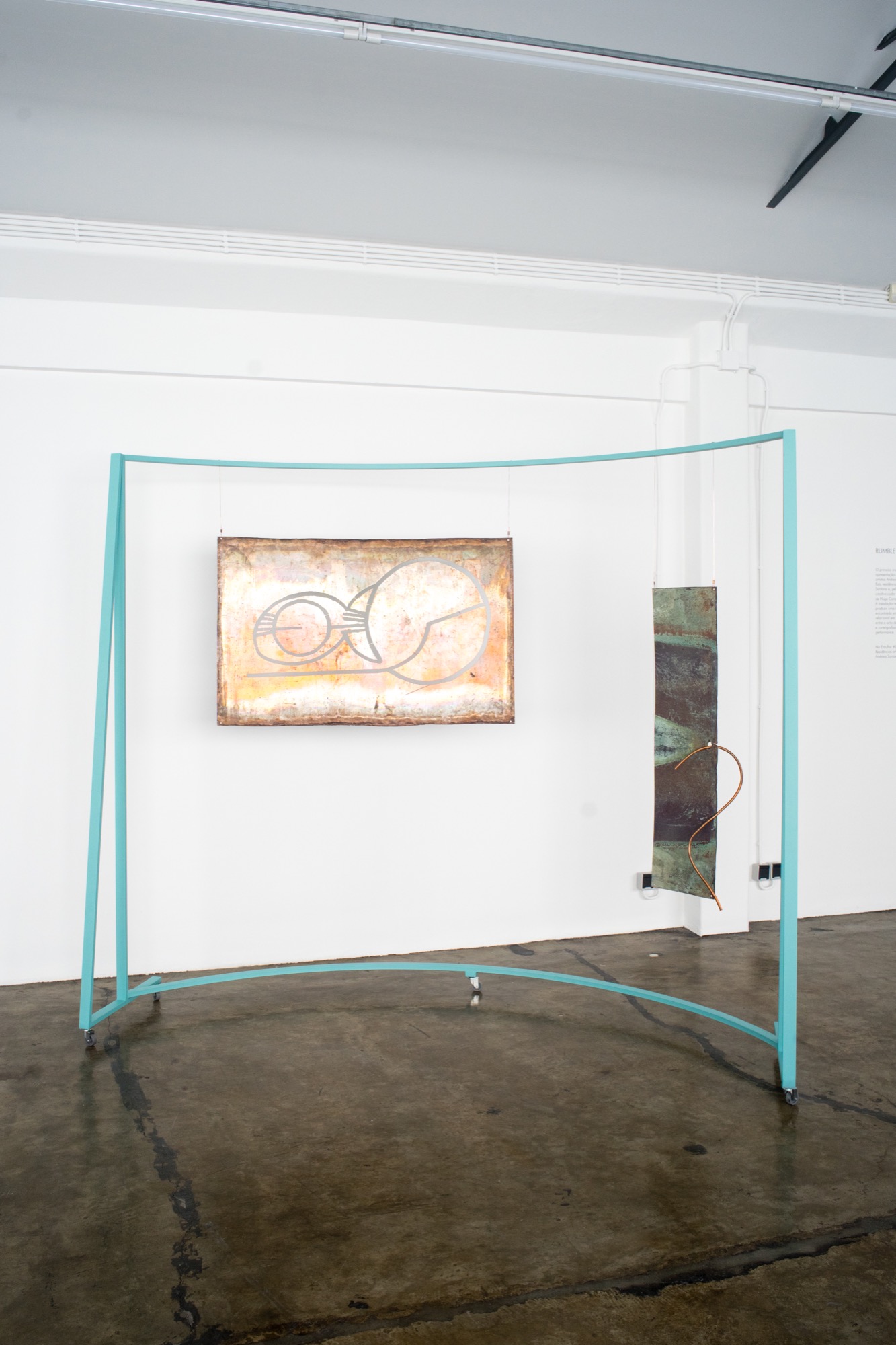
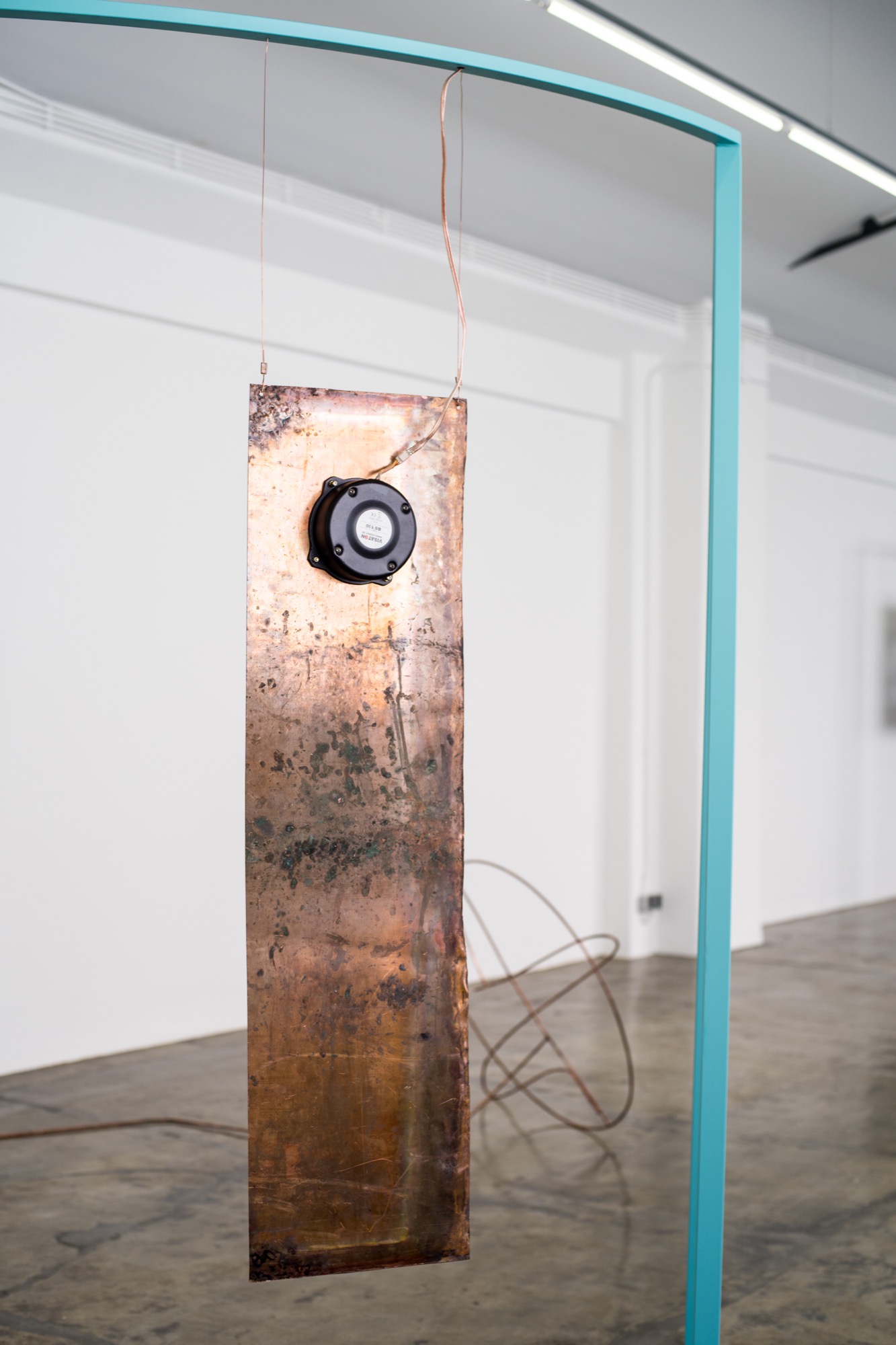

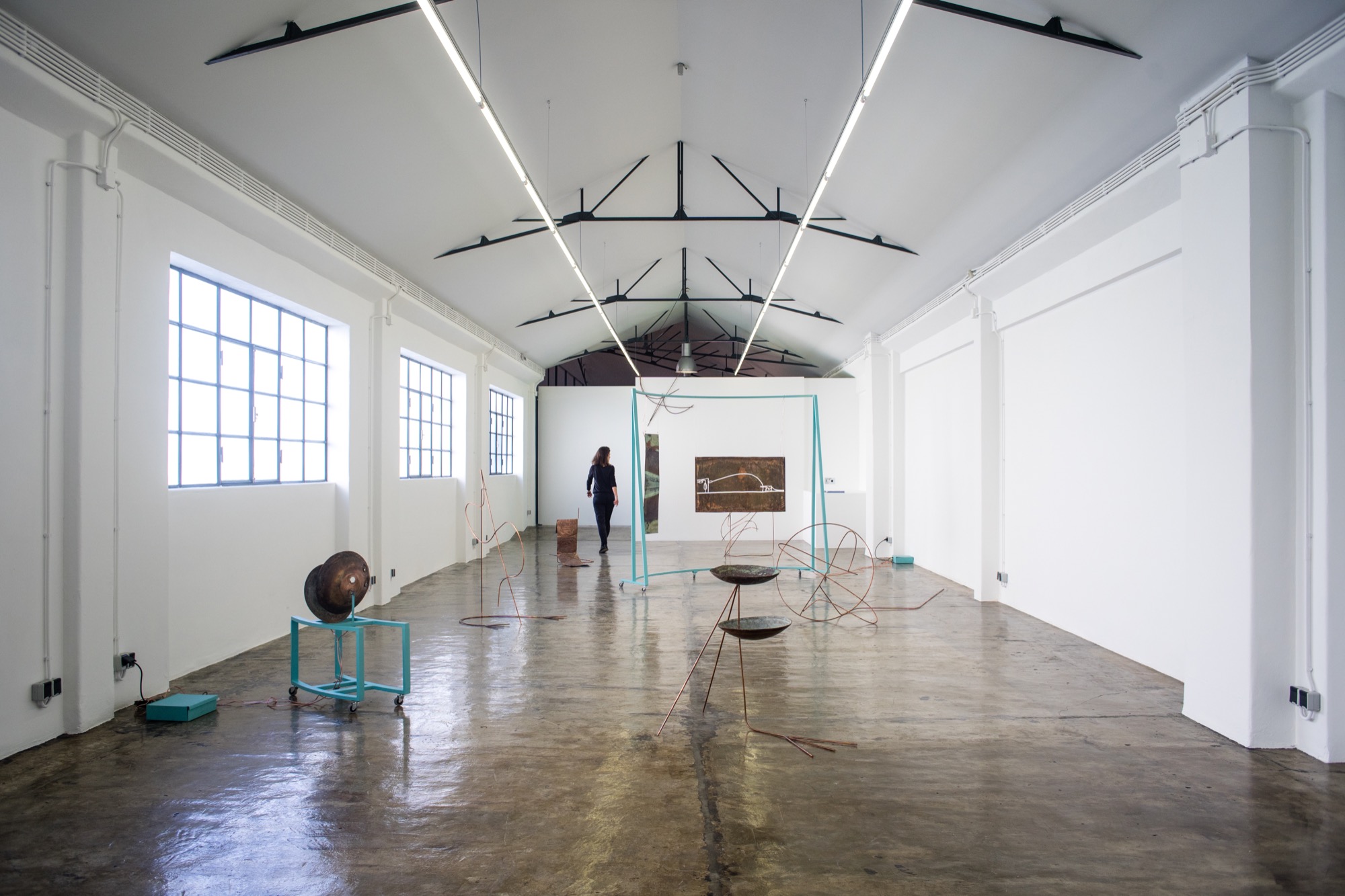
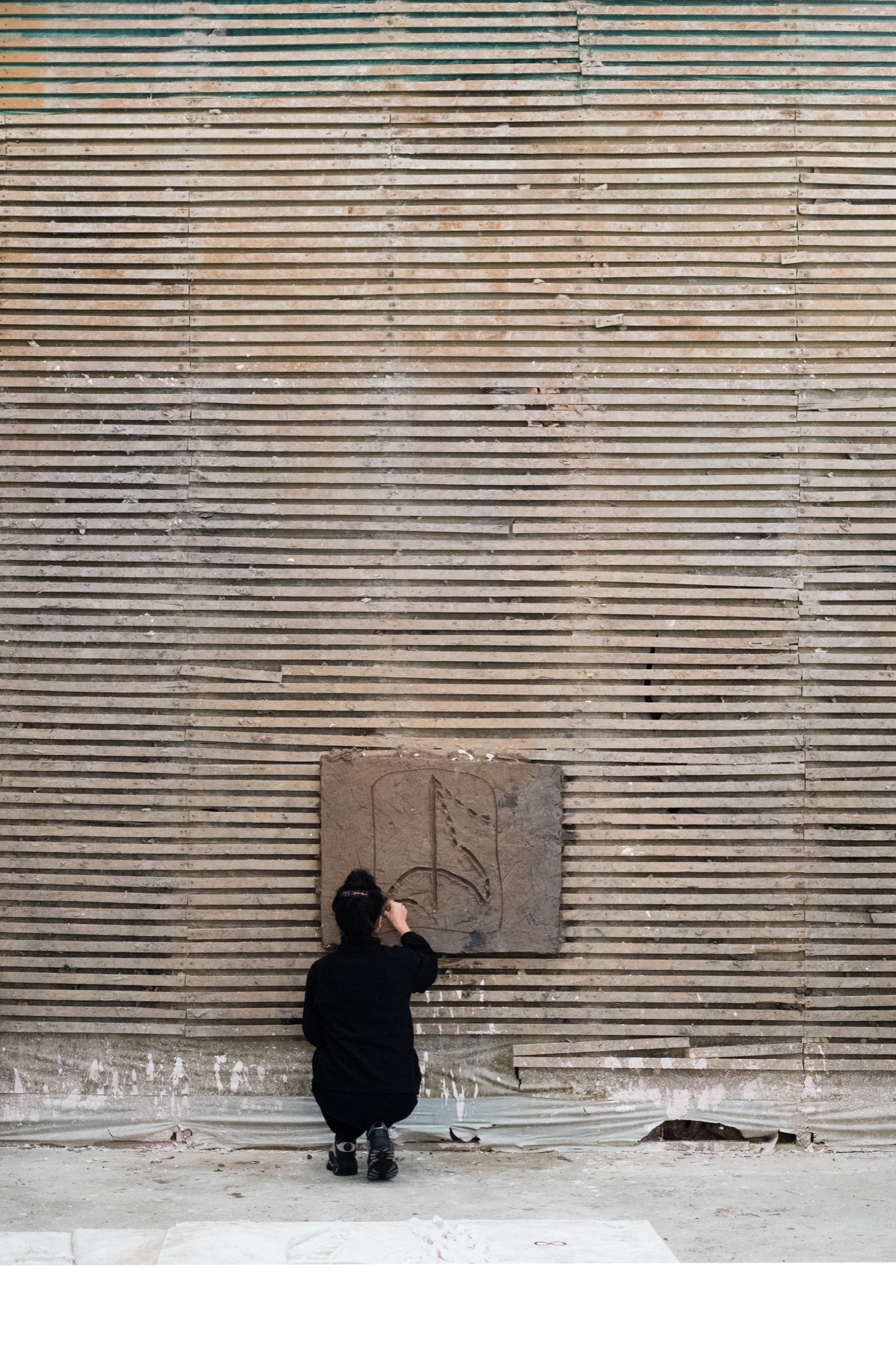
collaboration with Tiago Ângelo
partnership with Sonoscopia
resources: iron, copper, audiovisual and electronic material
format: residency cycle 02
photography & video: Bruno Lança
No Entulho is open to visitors, if you want to know more please contact us.
Parque Industrial Amorim Rua Manuel Dias, 440 4495-129 Póvoa de Varzim
+351 252 023 590
info@noentulho.com